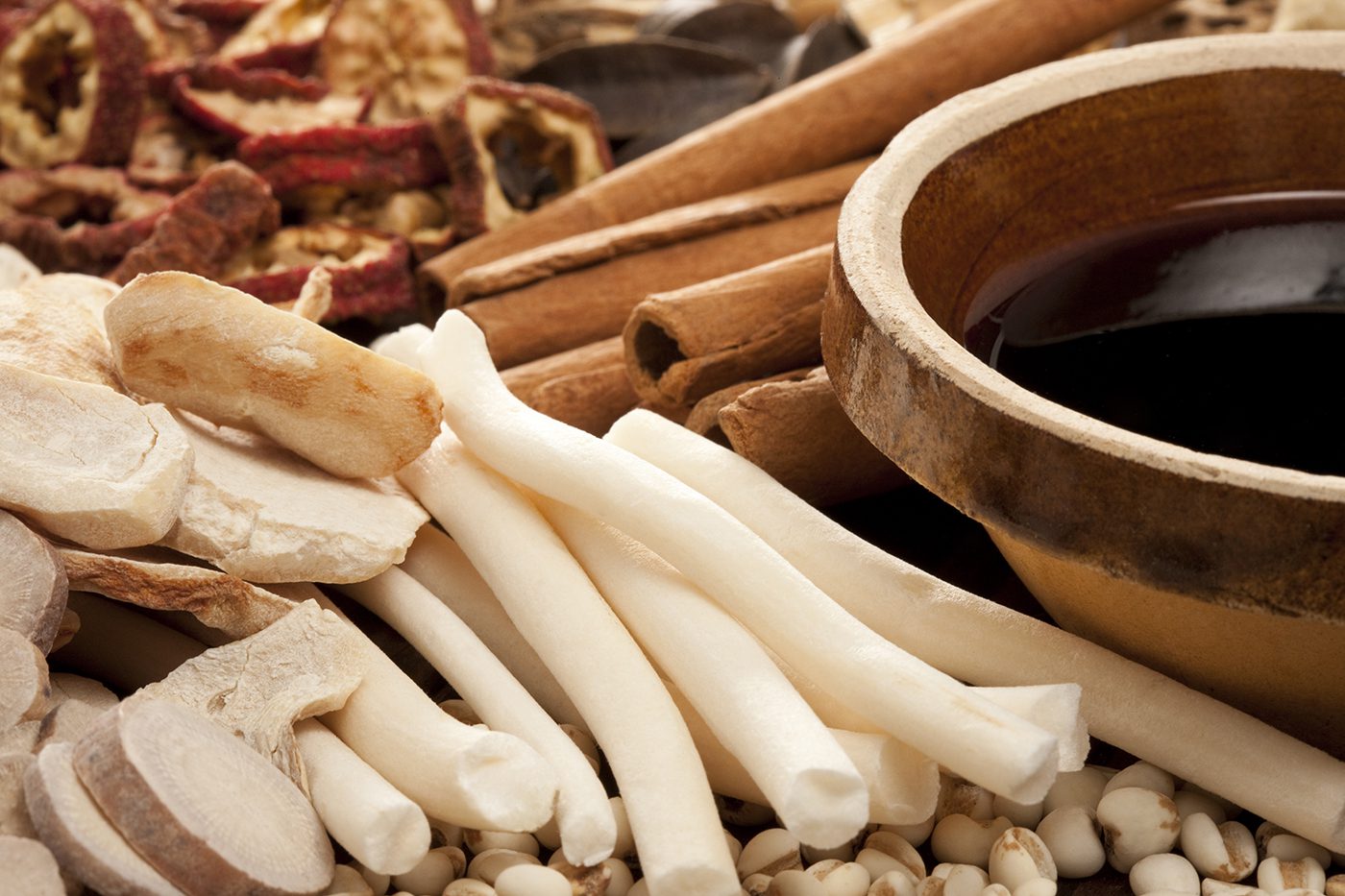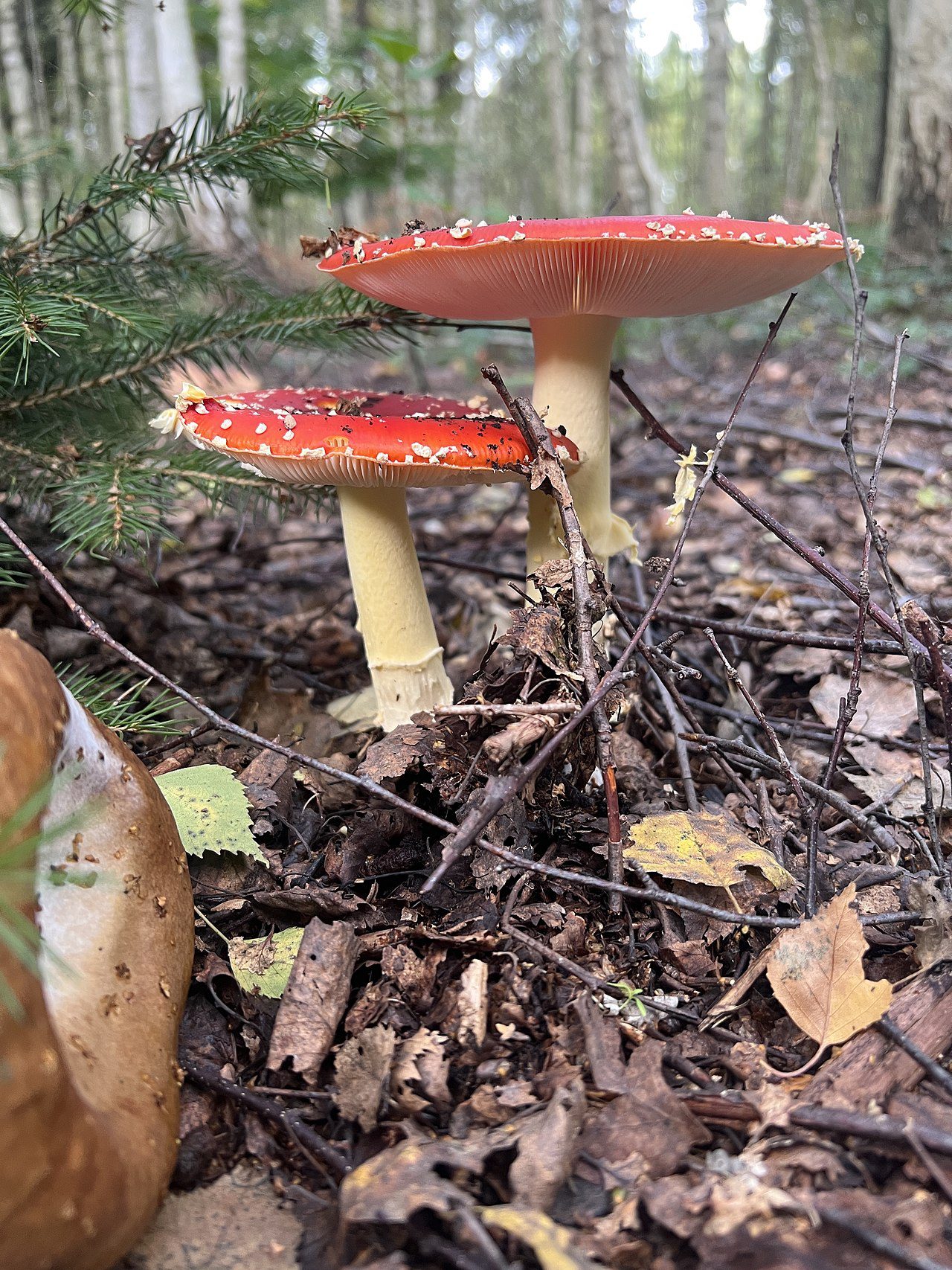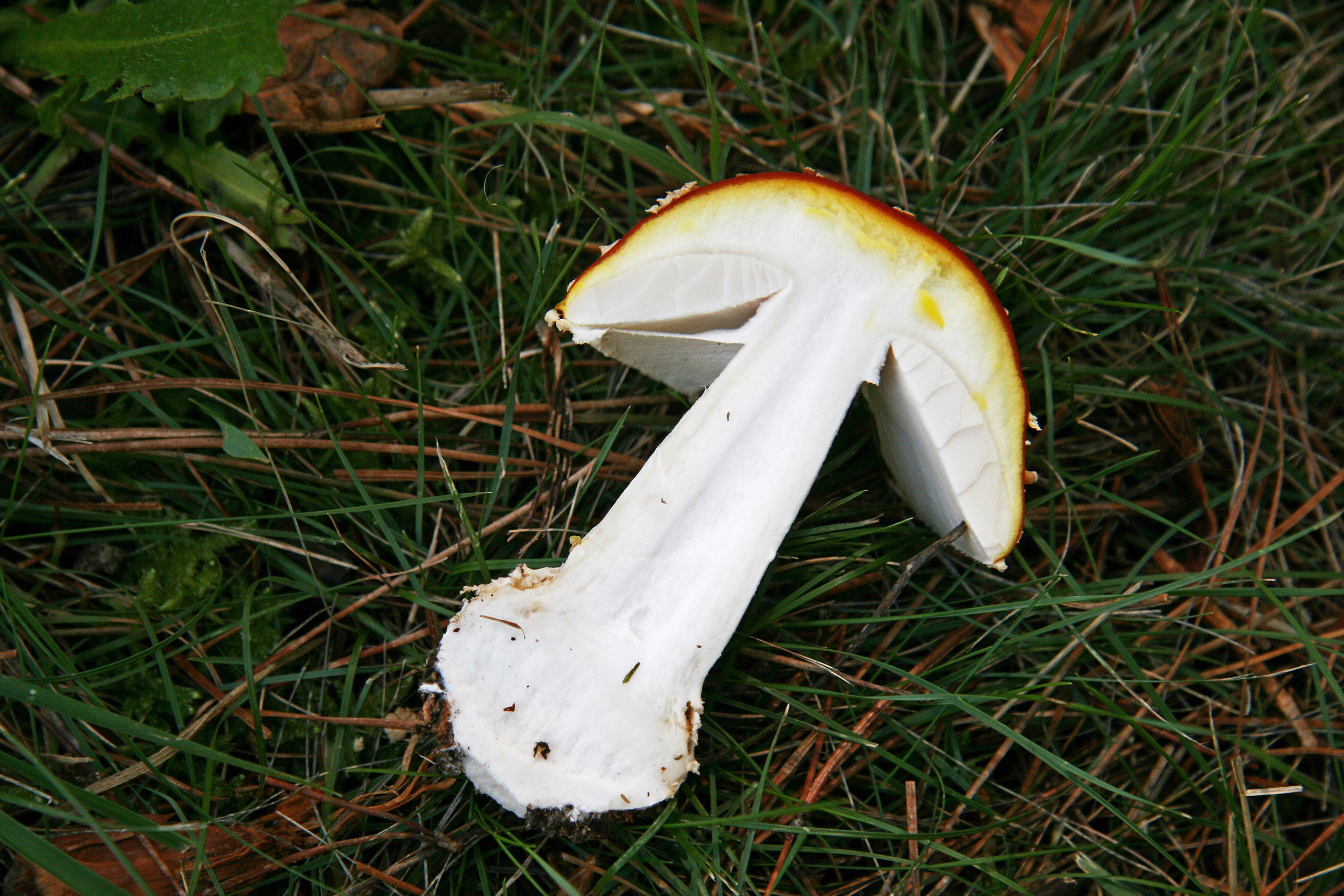In recent years, there has been a resurgence of interest in the cultural and medicinal significance of psychedelic substances, not only in contemporary society but also in ancient civilizations. While much attention has been given to the use of psychedelics in cultures like the Aztecs or the indigenous peoples of the Amazon, the exploration of their role in ancient Chinese society is equally intriguing and rich in history.
Anthropological and historical studies have shed light on the deep-rooted cultural and medicinal significance of psychedelic substances in ancient China. From the use of psychoactive plants in religious rituals to their incorporation into traditional Chinese medicine, the presence of psychedelics permeates various aspects of Chinese culture.
Historical Context
To understand the significance of psychedelic substances in ancient Chinese society, it’s essential to consider the historical context in which they were used.
Ancient China was a civilization deeply influenced by spiritual beliefs, philosophical teachings, and the quest for harmony between the individual and the cosmos.
The earliest evidence of psychedelic use in China dates back to the Neolithic period, with archaeological findings suggesting the consumption of substances like cannabis and possibly psychoactive mushrooms for ritualistic purposes. These early practices laid the foundation for the later development of traditional Chinese medicine and religious practices.
Cultural and Religious Significance
Psychedelic substances played a significant role in Chinese religious and spiritual practices, often associated with the pursuit of enlightenment, healing, and communion with the divine. One notable example is the use of Amanita muscaria, commonly known as the fly agaric mushroom, in Taoist rituals.
The red and white appearance of the mushroom symbolized the union of Yin and Yang, two fundamental forces in Taoist philosophy.
Moreover, the Taoist tradition of “internal alchemy” (Neidan) involved the ingestion of various substances, including psychedelic plants, to facilitate spiritual transformation and longevity. Alchemists believed that these substances could awaken dormant spiritual energy and lead to higher states of consciousness.
Medicinal Applications
In addition to their religious and spiritual significance, psychedelic substances were also utilized for medicinal purposes in ancient Chinese society. Traditional Chinese medicine (TCM) incorporates a holistic approach to health, viewing the body as a microcosm of the natural world and emphasizing the balance of Qi, or vital energy. Psychoactive plants such as cannabis, opium, and ma-huang (ephedra) were used in TCM to alleviate pain, induce relaxation, and treat various ailments. These substances were administered in different forms, including decoctions, powders, and ointments, and were often combined with other herbs to enhance their therapeutic effects.

Legacy and Contemporary Perspectives

While the use of psychedelic substances in ancient Chinese society has left a lasting legacy on culture and medicine, their significance gradually declined over time due to social, political, and cultural changes. The prohibition of certain substances during the Qing dynasty and the rise of Western medicine in the 20th century contributed to the marginalization of traditional practices involving psychedelics.
However, in recent years, there has been a renewed interest in exploring the therapeutic potential of psychedelic substances within the context of modern medicine and psychotherapy. Researchers are revisiting ancient traditions and indigenous knowledge systems to gain insights into the safe and effective use of these substances for treating mental health disorders such as depression, anxiety, and PTSD.
The anthropological and historical studies exploring the cultural and medicinal significance of psychedelic substances in ancient Chinese society offer a fascinating glimpse into the complexities of human experience.








